Large amount of surplus by-products
Tay Ninh has a total agricultural production area of more than 700,000 hectares, of which more than 500,000 hectares are cultivated annually.
From major crops such as rice, dragon fruit, lemon, vegetables, sugarcane, cassava, etc., about 4 million tons of agricultural by-products are generated each year.
However, only about 20-25% of this by-product is collected, processed or reused; the rest is burned, dried or decomposed naturally in the fields.
In the communes of Chau Thanh, Tan Bien, Tan Hung, Moc Hoa, Thanh Hoa,... after each harvest, farmers often burn agricultural by-products.
According to statistics from the Department of Agriculture, on average, each hectare of rice produces 3-4 tons of straw, and it is estimated that Tay Ninh produces more than 3 million tons of straw each year. Most of this straw is burned right in the fields, causing CO₂ emissions, PM2.5 fine dust, seriously affecting the environment, and posing a risk of fire, especially in the dry season.
Mr. Le Van Hoa, a rice farmer in Vinh Thanh commune, shared: “After each rice crop, if we don’t burn the straw, we don’t know how to handle it. It’s also difficult to rent a straw rolling machine because there are few machines in the area. Sometimes, after rolling, no one will buy it, so many farmers still choose to burn the straw. We know it affects the environment, but if we don’t burn it, we can’t plow and sow the next crop.”
Straw is used as animal feed.
Not only straw, by-products from vegetables, cassava residue, bagasse, corn stalks and leaves, etc. are also being discarded wastefully. The Department of Agriculture and Environment said that the amount of agricultural by-products accounts for a large proportion of the total volume of solid waste generated by agricultural production.
If not properly handled, this is a risk of polluting the soil, water and air, and increasing greenhouse gas emissions.
Turn "trash" into "gold"
Faced with this situation, the reuse of agricultural by-products is identified as an inevitable solution. It not only helps farmers save on input costs and increase production value, but also reduces environmental pressure, thereby creating double benefits. First of all, in the livestock sector, many farmers take advantage of agricultural by-products to make animal feed.
Mr. Nguyen Thanh Cong (Hoa Khanh commune) said: "In addition to feeding the cows straw directly, I also use straw mixed with probiotics to make silage to create a source of green food, helping the cows eat well and reduce feed costs by 20-30%.
In addition, processing agricultural by-products into organic fertilizers is also being applied. Some cooperatives in Rach Kien, My Le, Long Cang, Phuoc Ly communes, etc. have invested in a model of composting organic fertilizers from vegetable waste. Each ton of vegetable waste after composting can produce 300-500kg of organic fertilizer, helping farmers reduce the cost of chemical fertilizers by 30-40%, improving and increasing soil fertility.
Chairman of the Board of Directors of Phuoc Hoa Safe Vegetable Cooperative (Long Cang Commune) Kieu Anh Dung said: “The cooperative utilizes vegetable waste after preliminary processing to compost into organic fertilizer. From that source of organic fertilizer, the cooperative reduces the amount of chemical fertilizer and expands the area of clean vegetables.”
Organic compost tank of Phuoc Hoa Safe Vegetable Cooperative (Long Cang commune) (Photo courtesy)
In general, the major difficulty today is that most of the by-products are scattered, and there is no infrastructure for collecting and preserving them after harvest. On the other hand, not many businesses are interested in investing in this field because the profits are not high.
According to the Department of Agriculture and Environment, the Department will soon propose to include by-product treatment as a content in the criteria for assessing the construction of advanced new rural areas in the coming period, and at the same time have a mechanism to encourage and support equipment, straw rolling machines, and bio-fertilizer composting machines for cooperatives and groups. In addition, this agency also strengthens propaganda about the benefits of by-product treatment, builds model models for replication;...
Agricultural by-products are no longer “waste” if they are properly utilized. With a large agricultural production area, the treatment and reuse of by-products is the “key” to improving production efficiency, developing circular agriculture and aiming for green growth./.
Bui Tung
Source: https://baolongan.vn/tai-che-phu-pham-mo-loi-cho-nong-nghiep-tuan-hoan-a199757.html


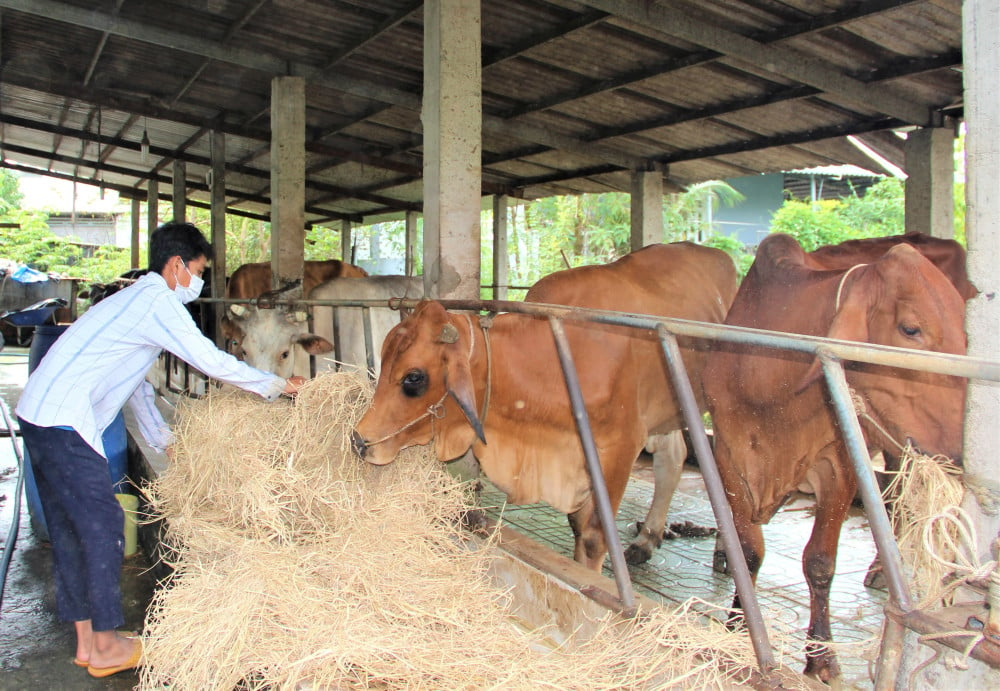
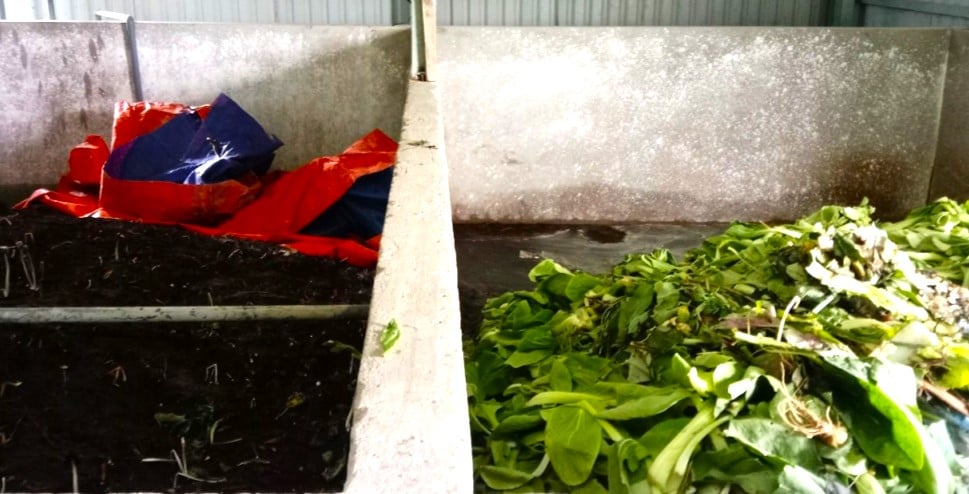
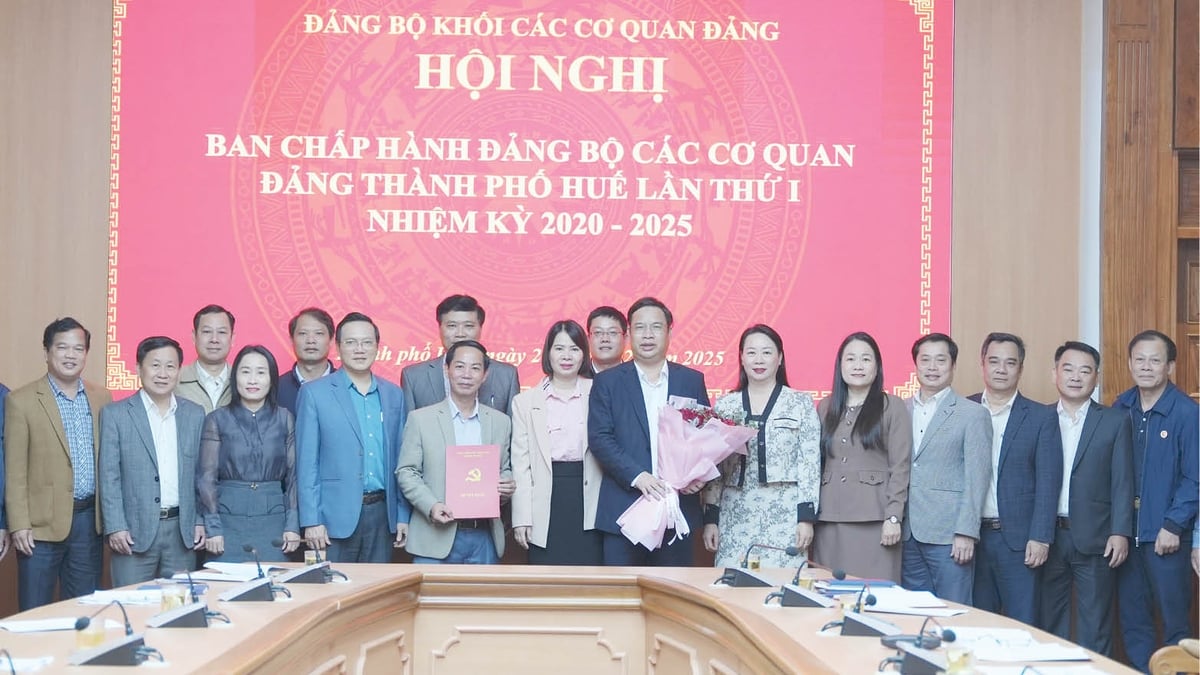

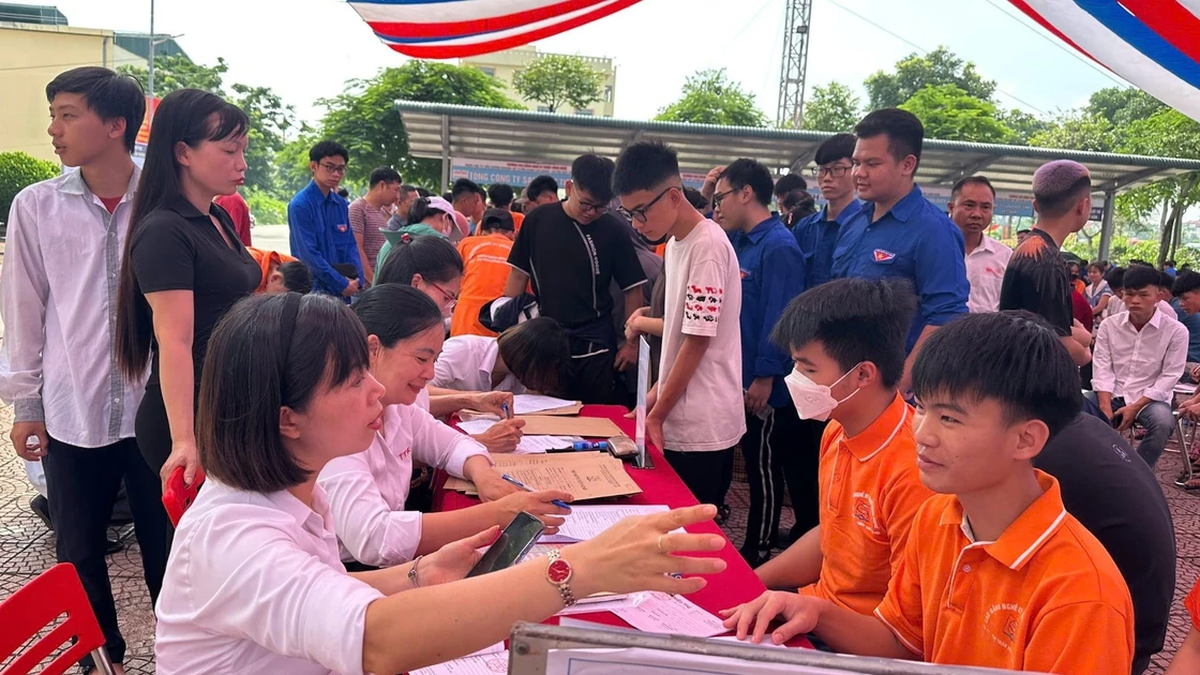

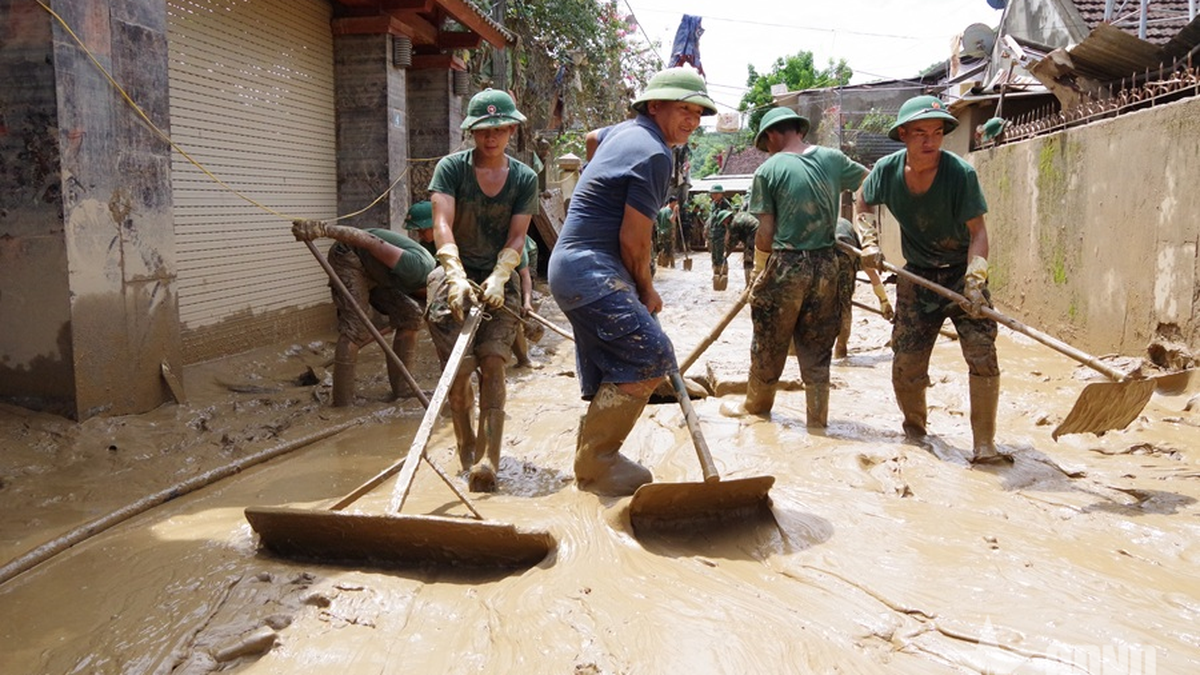
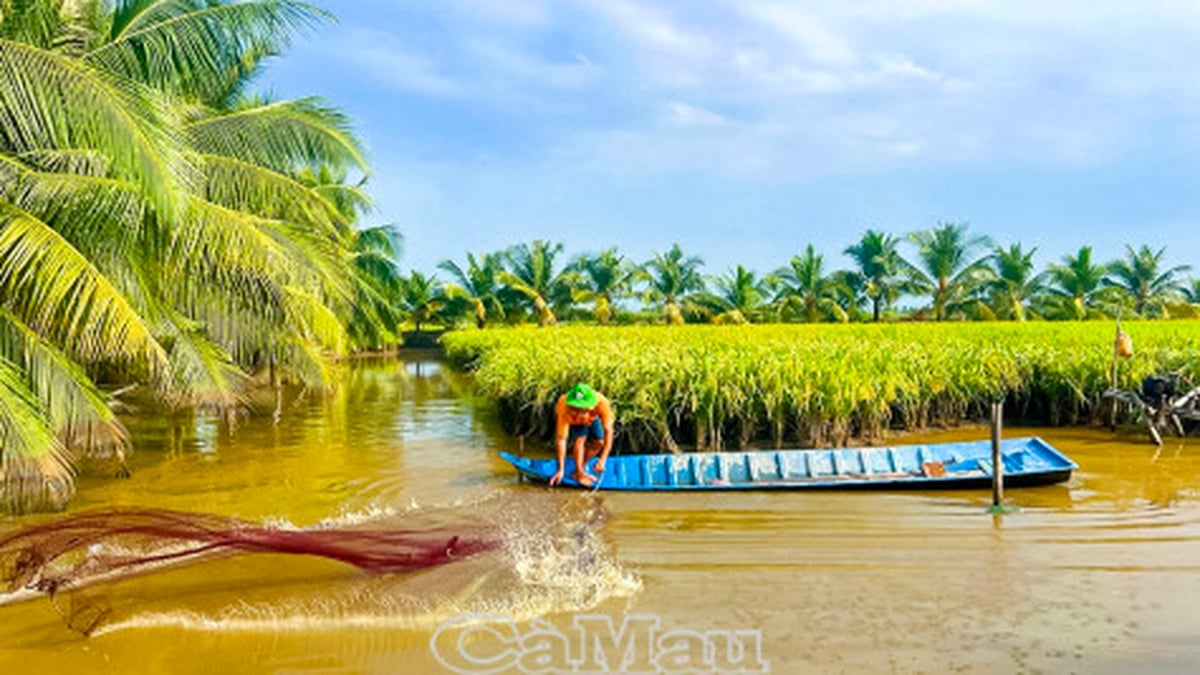
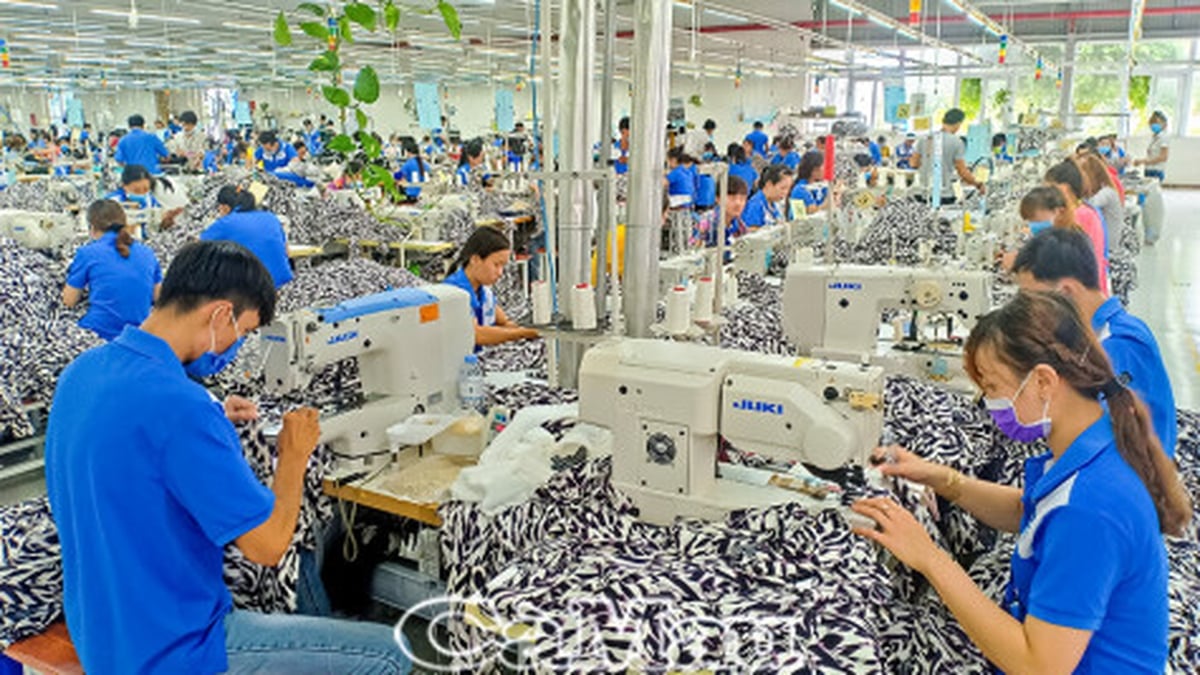

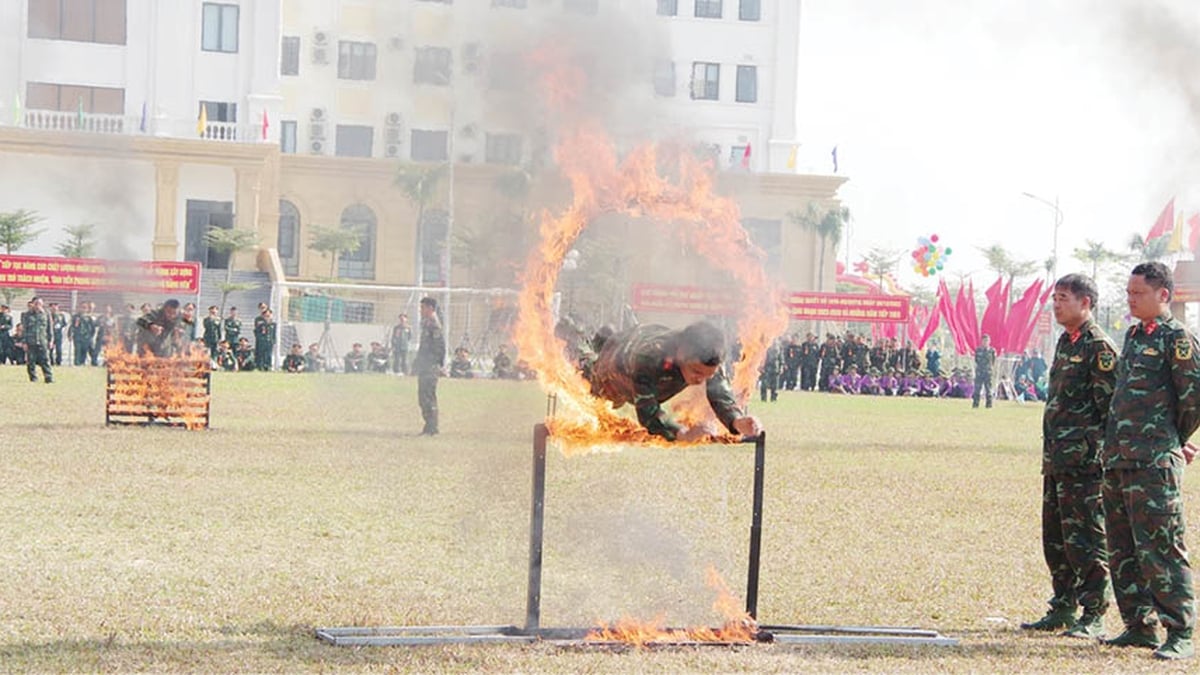
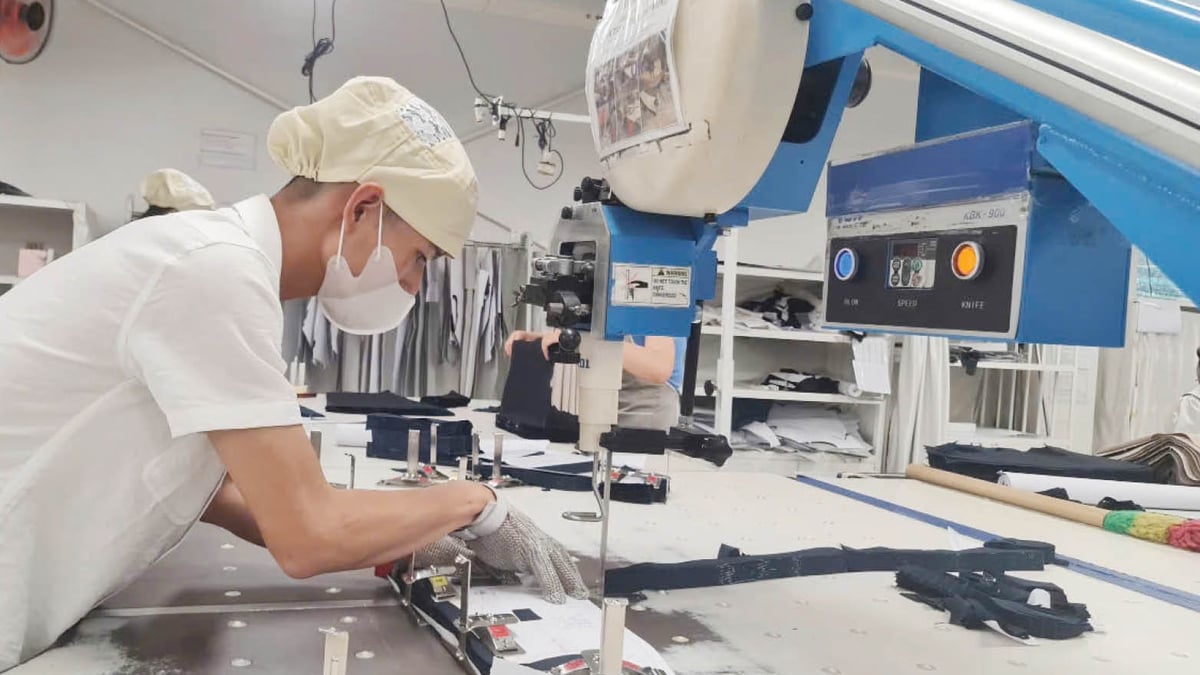































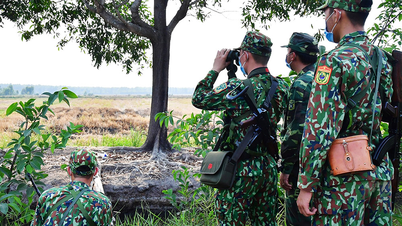












![[Maritime News] Container shipping faces overcapacity that will last until 2028](https://vphoto.vietnam.vn/thumb/402x226/vietnam/resource/IMAGE/2025/7/30/6d35cbc6b0f643fd97f8aa2e9bc87aea)









































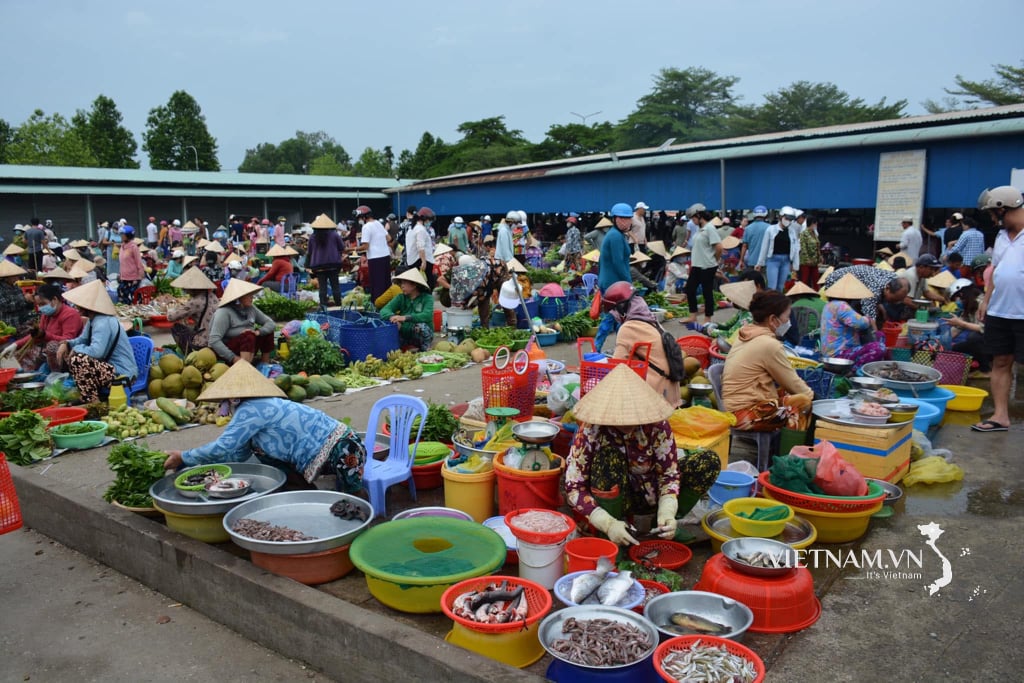

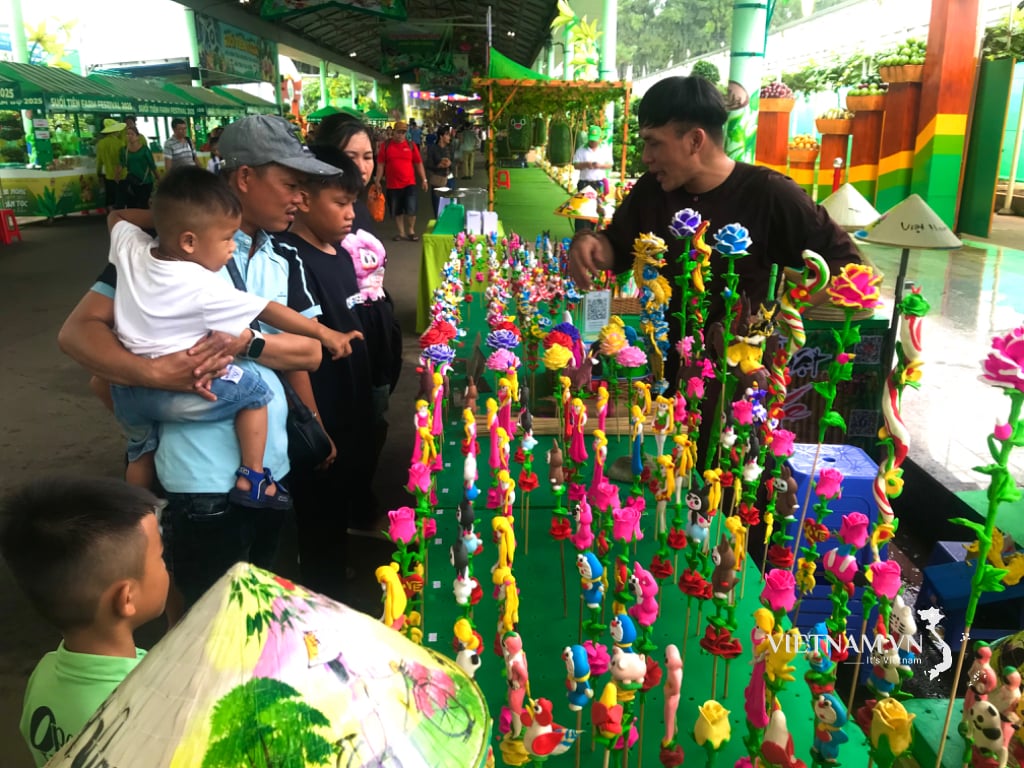

Comment (0)